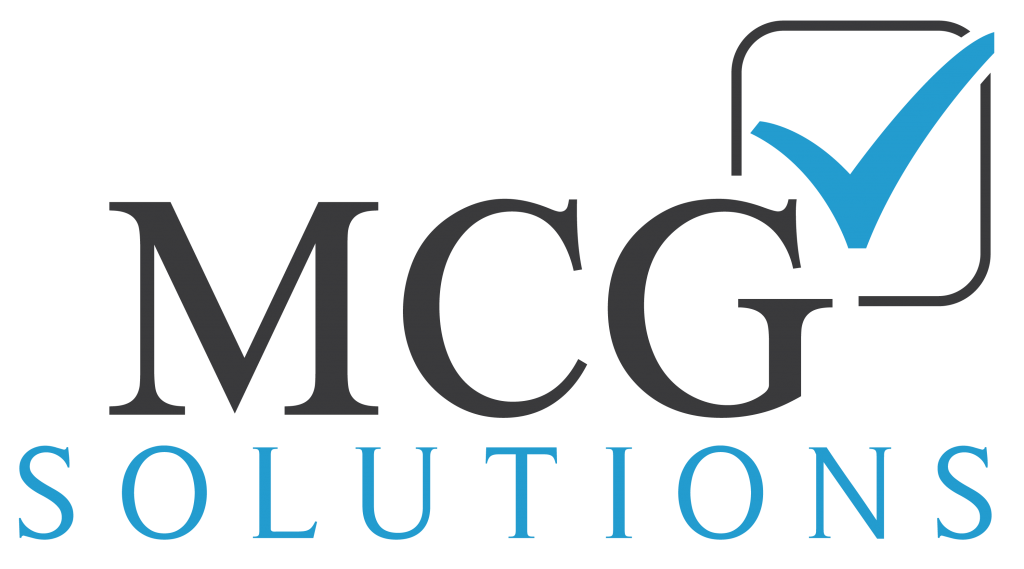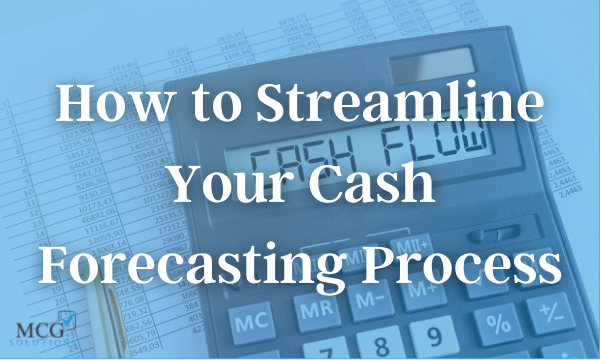Small business owners may not necessarily have a finance or business background. When it comes time to create a cash flow forecast, you might find yourself wondering what that is and how to get started.
While a bookkeeping team like MCG Solutions can always help you prepare a cash flow forecast, it’s worth understanding how the process works. Knowing how cash forecasting is conducted will help you streamline your process—and ensures your bookkeeper can provide an accurate report in a timely manner.
What is a cash flow forecast?
Cash flow forecasts estimate how much money will move in and out of your company during a specific time period. Your forecast can help you avoid financial shortfalls, earn returns on surpluses and predict your overall future cash positions at any given time. This helps business owners make crucial decisions. For example, if your company has been profitable for the last six quarters, and your cash flow forecast predicts the trend will continue, you’ll probably make strategic decisions to maximize that profitability. On the other hand, if profitability has waxed and waned, it might be time to determine how you can increase profits steadily.
13-week cash forecasts are the most common. The quarterly time period provides a balance between future visibility and accuracy.
Streamlining your process
Here’s how to streamline your cash flow forecasting process:
- Decide on a time period: You can create a cash flow forecast for any period of time: daily, weekly, monthly, quarterly or yearly. While the 13-week, medium term period is the most common, different businesses might need to keep track of their cash flow on more frequent basis. Not sure which time period would be best for you? Ask your bookkeeper for advice.
- Figure out how you’ll keep track: Cash flow forecasts don’t require fancy software—you can create one with a simple spreadsheet, if you prefer. However, it’s best to pick one system and stick to it.
- List all sources of income: Next, list every source of income you receive, from sales, investments and tax returns to grants and royalties or licensing fees. Add each item to the appropriate week or month, based on when you expect clients to pay or their payments to clear.
- List all outgoing expenses: You’ll also need to list your expenses, including raw materials, inventory, salaries, bank fees, marketing and advertising and your tax liability. Again, these should be listed in the appropriate week or month. For instance, you can predict you’ll pay employee salaries at least twice per month, and you should be able to forecast how much that will be.
- Calculate the running cash flow: Your cash flow is net income minus net expenses over the specified time period. The more data you collect, the easier it will be to create accurate cash flow forecasts.
Forecasting your cash flow will help you keep tabs on your company’s financial health. Understanding trends and keeping track of upcoming expenses and payments ensures that you’re never caught by surprise.
Need help with your cash forecast? MCG Solutions is standing by. Call us today to learn more about our services, and ask your cash forecasting questions.

